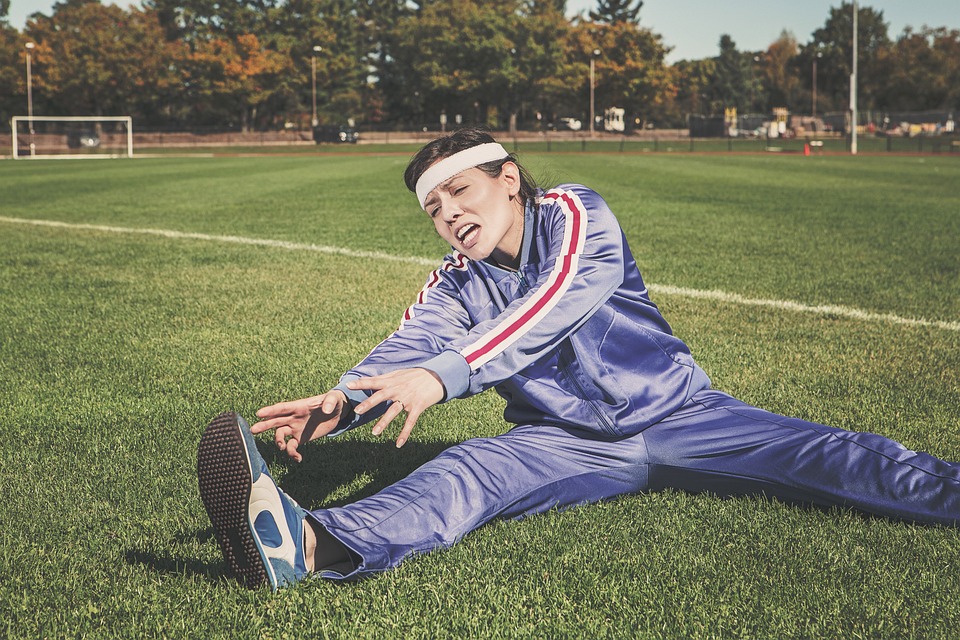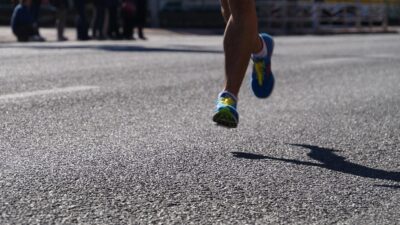In recent years, the world of youth athletics has gained significant attention, sparking discussions about its impact on children’s physical, emotional, and social development. On one hand, sports can instill valuable life skills such as teamwork, discipline, and resilience, paving the way for young athletes to become champions. On the other hand, increasing pressure and expectations can lead to burnout, potentially jeopardizing their love for the game and overall well-being. This article explores the dual-edged nature of youth athletics—its capacity to build champions and the very real risk of burnout.
The Case for Building Champions
Skill Development and Physical Fitness
Participating in sports teaches young athletes essential skills that extend beyond the playing field. From the development of physical fitness and coordination to advanced gameplay strategy, athletics provide a comprehensive program for personal growth. Children who engage in sports are more likely to maintain an active lifestyle as they mature, promoting long-term health benefits.
Life Skills and Character Building
Sports offer a unique environment for children to develop life skills. Through teamwork, young athletes learn to communicate effectively, resolve conflicts, and support one another. They also gain a sense of accountability as they work toward common goals, fostering leadership qualities and strengthening their sense of community. The experience of overcoming challenges can build resilience, preparing them for the obstacles they’ll face in life beyond sports.
Pathways to Success
For some young athletes, excelling in sports can open doors to scholarships and professional opportunities. Parents and coaches often emphasize the importance of commitment and hard work, reinforcing the idea that dedication can lead to significant achievements. The quest for excellence can motivate budding athletes, pushing them to discover their full potential.
The Dangers of Burnout
Pressure and Expectations
However, the pursuit of excellence can come with excessive pressure and unrealistic expectations, leading to a detrimental culture of competition. Young athletes often find themselves balancing rigorous training schedules, games, and academic responsibilities. The pressure to perform can be overwhelming, with parents, coaches, and peers placing high stakes on their success. Such an environment can transform sports from a source of joy into a source of anxiety.
Emotional and Physical Toll
Burnout is increasingly common among young athletes, manifesting as physical fatigue, emotional detachment, and a decline in performance. Symptoms can include chronic stress, anxiety, and a diminished desire to participate in the sport they once loved. In some cases, burnout can lead to long-term health issues—both mental and physical—that extend far beyond the playing field.
The Impact of Early Specialization
Another contributing factor to burnout is the trend of early specialization, where young athletes focus on one sport at the expense of others. This approach can lead to overuse injuries, stunted physical development, and a lack of diverse experiences. Research shows that varying sports enhances overall athleticism and reduces burnout by providing a more balanced athletic experience.
Striking a Balance: Best Practices for Parents and Coaches
-
Encourage Multi-Sport Participation: Allowing children to participate in various sports can foster well-rounded athletic development, keeping their interest alive while reducing the risk of injury.
-
Focus on Enjoyment: Emphasizing fun and enjoyment over winning can help nurture a lifelong love for sports. Encouraging kids to express their feelings about competition can foster a healthy mindset.
-
Set Realistic Expectations: Parents and coaches should set achievable goals based on individual skill levels and personal growth rather than external comparisons. Celebrating progress, regardless of outcomes, can help alleviate pressure.
-
Encourage Open Communication: Create an environment where young athletes feel comfortable discussing their feelings and experiences. Recognizing signs of burnout early can prevent long-term negative consequences.
- Prioritize Rest and Recovery: Ensuring that athletes have adequate time for rest and recovery is crucial for both physical health and mental well-being. Sports should complement, rather than dominate, a young athlete’s life.
Conclusion
Youth athletics can indeed build champions while concurrently posing the risk of burnout. Striking a balance between fostering excellence and safeguarding well-being is pivotal. By prioritizing the joy of participation and allowing young athletes to explore their passions without undue pressure, we can cultivate a generation of individuals who not only excel in sports but thrive in all aspects of life. Ultimately, the goal should be to create a sustainable and positive athletic experience, paving the way for champions in sports and in life.



